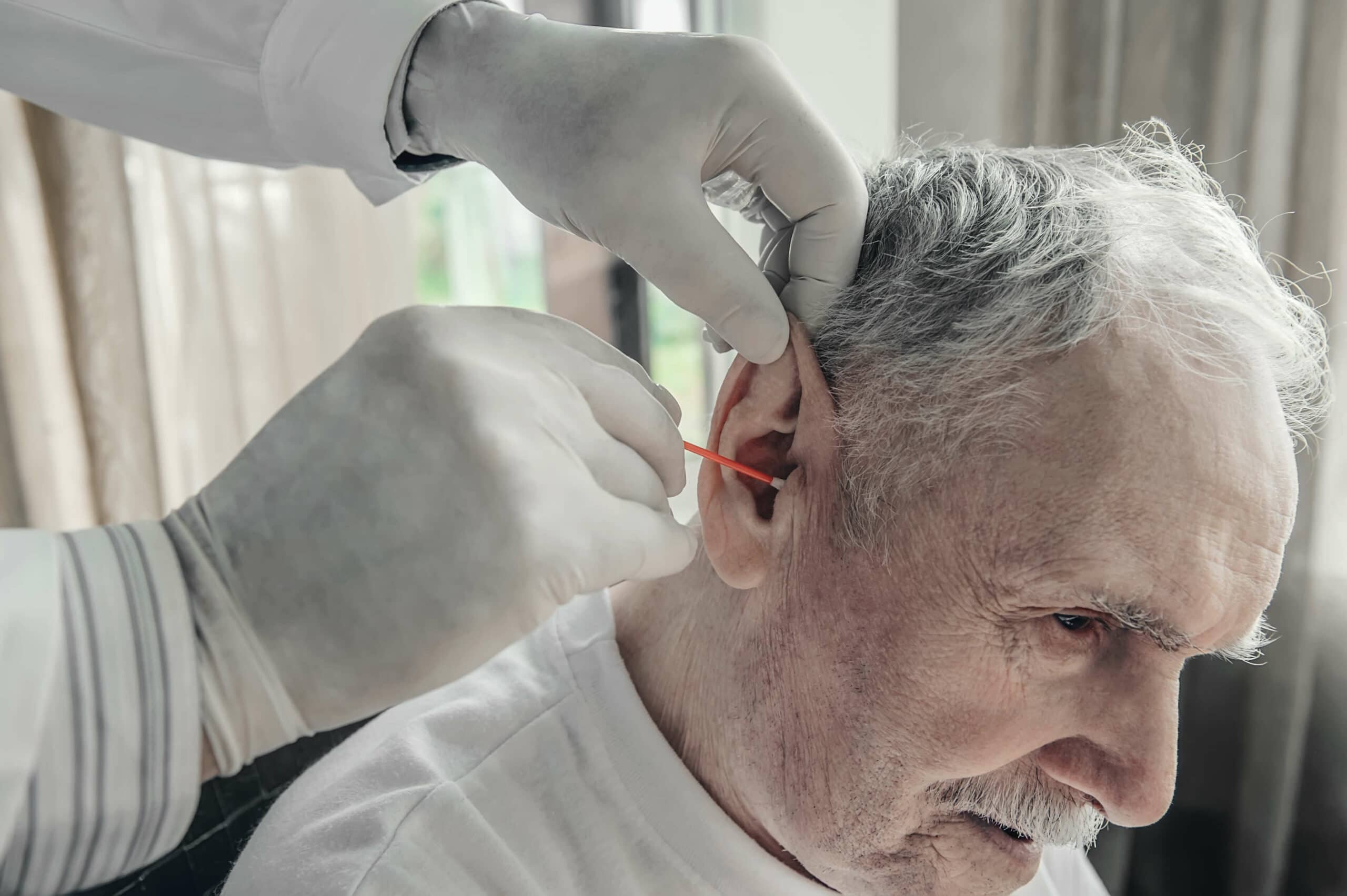
Taking care of your ears is essential for maintaining optimal hearing health and preventing issues like hearing loss. However, cleaning your ears improperly can do more harm than good. In this guide, we’ll explore how to clean your ears safely and effectively, empowering you to maintain healthy ears and preserve your hearing for years to come.
Understanding Ear Anatomy
I’s essential to understand the anatomy of the ear. The ear consists of three main parts: the outer ear, the middle ear, and the inner ear. The outer ear includes the ear canal and the visible part of the ear, known as the pinna. The middle ear contains the eardrum and three tiny bones called ossicles, while the inner ear houses the cochlea, responsible for converting sound vibrations into electrical signals sent to the brain.
Avoiding Cotton Swabs and Other Objects
Contrary to popular belief, inserting cotton swabs or other objects into your ears is not an effective way to remove earwax. In fact, doing so can push earwax deeper into the ear canal, leading to impaction and potential damage to the eardrum. Instead of using cotton swabs or other objects, opt for safer methods of ear cleaning that do not pose a risk of injury or irritation.
Practicing Gentle Cleaning Techniques
To safely clean your ears, start by gently washing the outer ear with a washcloth or mild soap and water. Avoid inserting anything into the ear canal, as this can disrupt the natural migration of earwax out of the ear. If you experience excess earwax buildup or discomfort, consider using over-the-counter ear drops specifically formulated to soften earwax and aid in its removal. Follow the instructions carefully and avoid using ear drops if you have a perforated eardrum or a history of ear infections.
Seeking Professional Assistance
If you are unable to remove excess earwax or experience persistent symptoms such as ear pain, hearing loss, or tinnitus, seek professional assistance from a healthcare provider. They can perform a comprehensive hearing health exam and safely remove any impacted earwax using specialized tools and techniques. Avoid attempting to remove impacted earwax yourself, as this can result in further complications and potential damage to your ears.
Avoiding Harmful Practices
In addition to avoiding cotton swabs and other objects, it’s essential to steer clear of harmful ear cleaning practices that can increase the risk of injury or infection. Avoid using ear candles, which have been associated with burns, punctured eardrums, and other injuries. Similarly, do not attempt to irrigate your ears with water, as this can cause damage to the eardrum and middle ear structures.
Maintaining Regular Ear Health
Preventing the need for extensive ear cleaning begins with maintaining regular ear health habits. Avoid prolonged exposure to loud noises, which can damage the delicate structures of the inner ear and contribute to hearing loss. Wear ear protection, such as earplugs or earmuffs, when engaging in activities that expose you to loud noises, such as concerts, sporting events, or yard work. Additionally, schedule regular hearing health exams with a provider to monitor your hearing health and address any concerns or issues promptly.
Cleaning your ears safely is essential for maintaining optimal hearing health and preventing complications such as earwax impaction and hearing loss. By understanding ear anatomy, avoiding cotton swabs and other objects, practicing gentle cleaning techniques, seeking professional assistance when needed, avoiding harmful practices, and maintaining regular ear health habits, you can keep your ears clean and healthy for years to come.
